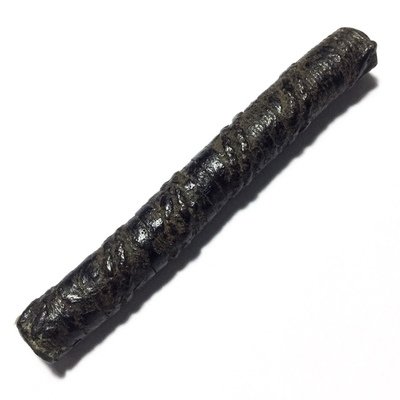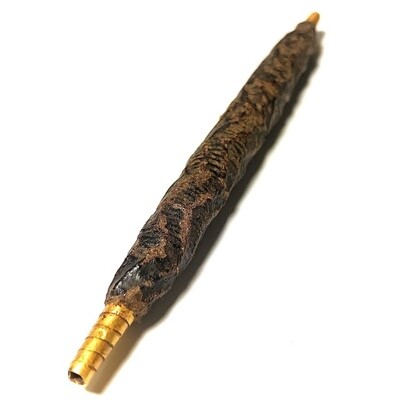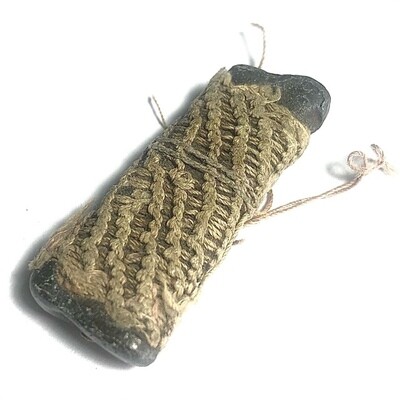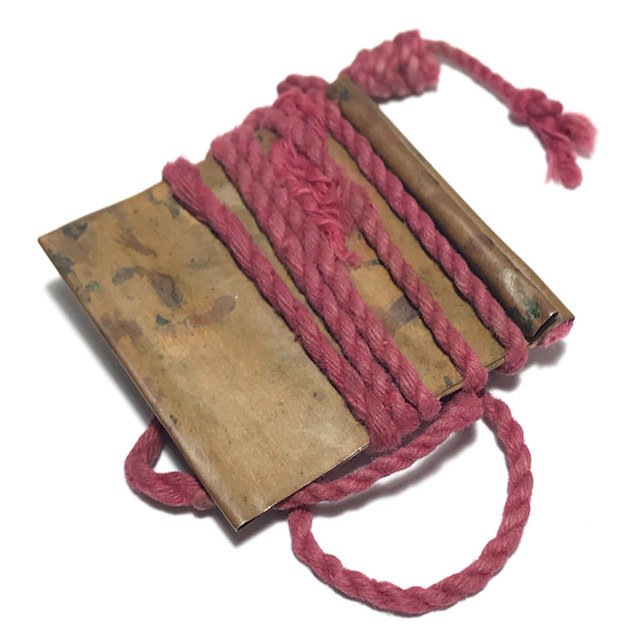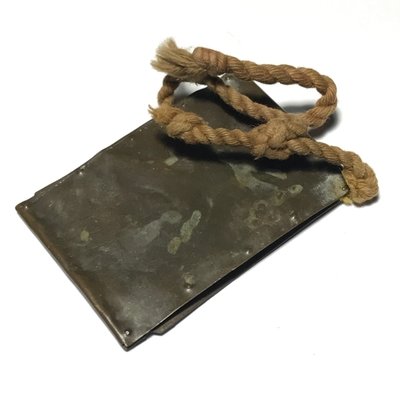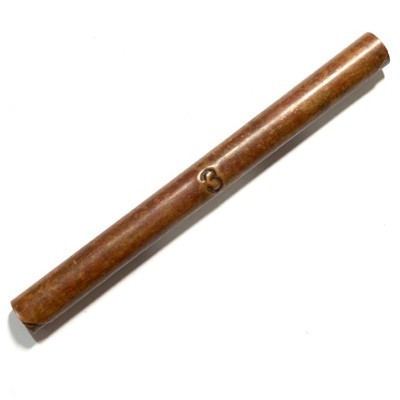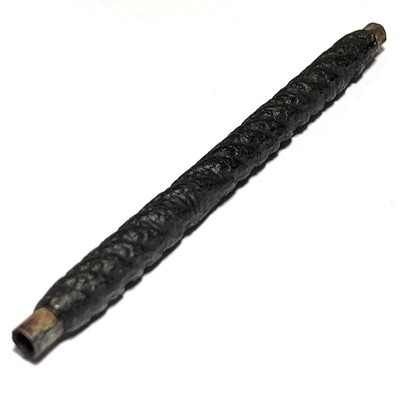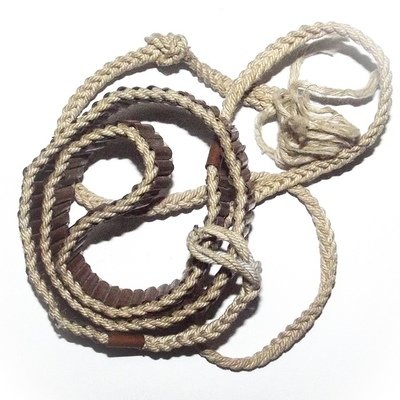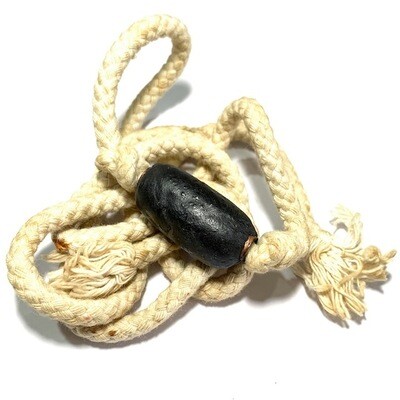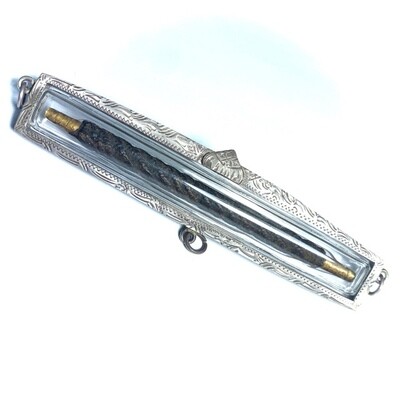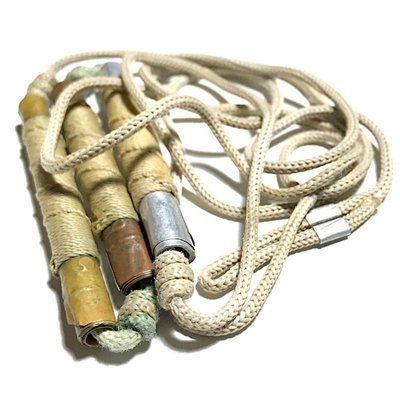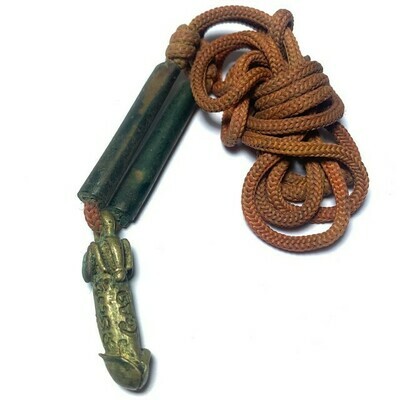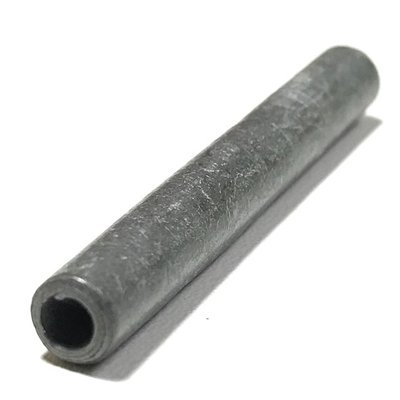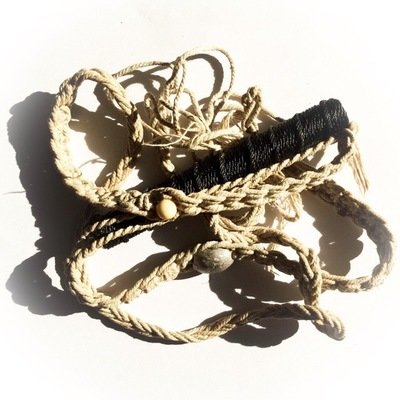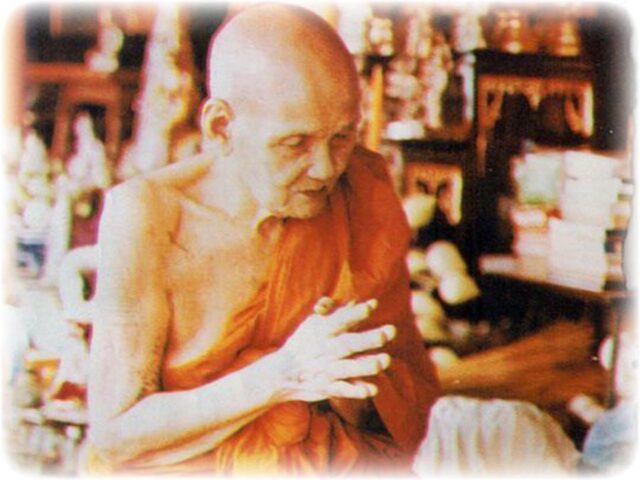
This list of Buddhist Guru Master monks will auto-update each time we add a new Master. Click each link in the list to view the amulets and read about each Guru Monk
- Ajarn Nong Wat Sai Khaw
- Luang Phu Yim Wat Nong Bua
- Luang Por An Wat Prayat
- Luang Por Daeng Wat Khao Bandai It
- Luang Por Glan Wat Prayat
- Luang Por Guay Chudtintaro Wat Kositaram
- Por Tan Nam Puttasaro Wat Don Sala
- Luang Phu Phueak Wat Ging Gaew
- Luang Phu Doo Wat Sakae
- Luang Por Chaeng Wat Bang Pang
- Luang Por Phaew – Wat Tanode Luang
- Luang Pu Seng Sopano Wat Kanlayanamit
- Luang Por Doon – Wat Buraparam
- Ajahn Chah Subhatto – Wat Nong Pha Pong
- Luang Phor Derm Phutthasaro of Wat Nong Pho
External Pages
- Luang Por Chuea Sugawanno (Wat Mai Bampen Bun)
- Luang Phu Nai – Wat Ban Jaeng (Ayuttaya)
- Luang Phu Rod (Wat Bang Nam Won)
- Luang Phu Kroo Ba Ban
- Luang Por Daeng Wat Khao Bandai It
- Luang Phor Noi Wat Dhamma Sala
- Luang Por Phang Jidtakudto
- Luang Phu Toop
- Luang Phu Yen
- Luang Por Parn Sunanto
- Luang Por Guay
- Luang Phor Sodh
- Luang Phor Raks (Wat Sutawat Vipassana)
- Luang Phor Kasem Khemago
- Luang Phu Kambu
- Luang Phor Chor
- Luang Phor Supot
- Luang Phor Simplii
- Luang Por Suang Apayo (Wat Chee Ba Khaw)
- Phor Tan Jao Khun Juea
- Luang Por Nok (Wat Sangkasi)
- Luang Por Lae Tidtappo (Wat Khao Song)
- Luang Por Hyord (Wat Gaew Jaroen)
- Luang Por Pring – Wat Bang Bakork
Yant Hneeb Maha Sanaeh Maha Pokasap Wicha Lanna Boran - Nuea Tong Daeng - Kroo Ba Wang - Wat Ban Den
Yant Hneeb Maha Sanaeh Maha Pokasap Folded Yantra Spell - Ancient Lanna Yantra Foil spell for seduction and wealth accumulation, from olden days Master, Kroo Ba Wang of Wat Ban Den. The Yant Hneeb can be opened and place a paper or parchment inside with one's desires, or the name of a person written on it (or hairs or other piece of clothing, or fingernail from the person you desire). The Yant Hneeb is an ancient Lanna Wicha that has been used by the Lanna Folk for centuries, and which has been perpetuated by the Lanna Masters to the present day.
The Yant Hneeb of Kroo Ba Wang is one of the rarer amulets to find in circulation in the present day, and is a standard-bearer of the Dtamra Krueang Rang Lanna Pantheon of Talismanic Amulets of the Northern Lanna Region. Kroo Ba Wang's Yant Hneeb can be considered not only a powerful magical Talisman, but also a Historically and Culturally Important Antique Sacred Artifact.
Alternatively, you can write down your wishes and prayers, and insert them inside the Yant Hneeb, and wait for them to be answered. Once a prayer has been answered, you can then remove it, make some merits in thanks, and insert the next wish, It is said that one should not pray for things within reason, and not be too greedy when making wishes.
The Yant Hneeb is imbued with Powerful Maha Sanaeh, and Sarapat Neuk Magic, to attract and enchant others, and to fulfill wishes. Luang Phu Kroo Ba Wang is Legendary for his Maha Sanaeh Magic, was one of the most famous of the Northern Lanna Guru Masters of the Olden Days.
Highly preferred for his In Koo, Takrut Sangwan and Yant Hneeb, Pra Rahu amulets, and Pha Yant Sacred Geometry Yantra Cloth Spells. Of the Pha Yant he was especially renowned for his Pha Yant Ma Saep Nang Lady-Horse images. Luang Phu Kroo Ba Wang has given us an immense heritage of Sacred Lanna Amulets, which form an iconic part of the pantheon of Ancient Lanna Classic Niyom Category Antique Amulets and Occult Charms.
Luang Phu was born in 2434 BE, in the country into a family of farmers and market traders, In those days, the only way to get any schooling in the countryside was to stay in a temple and learn with the Monks. And so, at the age of nearly 9 years old, his father took him to live at the nearby temple, to learn to read and write. After about 3 years. Luang Phu could read and write fluently enough, and so he was able to ordain into the Sangha as a Samanera Novice Monk.
Luang Phu was born in 2434 BE, in the country into a family of farmers and market traders, In those days, the only way to get any schooling in the countryside was to stay in a temple and learn with the Monks, and so, at the age of nearly 9 years old, his father took him to live at the nearby temple, to learn to read and write. After about 3 years. Luang Phu could read and write fluently enough, and so he was able to ordain into the Sangha as a Samanera Novice Monk in the year 2445 BE. Luang Phu then began to practice Khom Sanskrit Agkhara and Wicha, and within a very short period of time became so adept that he could chant every single line of Agkhara from memory with great aptitude.
Pra Kroo Gantiya was his Upachaya Ordaining Officer, and Pra Ajarn Bpan was his Pra Gammawājājarn (Prompter). Pra Atigarn Bpum was his Pra Anusawanājarn (Witness). Luang Phu was given the Chāyā (official Monks Name) of Prohma Sēno. Luang Phu Kroo Ba Wang then stayed on at Wat Ban Baen in Lampoon for a period of 2 years more.
After this Luang Phu Kroo Ba Wang then moved to stay at Wat Ban Hmueang Jee, which was in his home area where he was born. Luang Phu then continued to study and practice Wicha Akom and Khom Agkhara for a further three years, until he became inspired to take up the practice of Tudong Solitary Forest wandering.
Below; a slot in the space between the folded Yantra foil is open for insertion of your prayers or love spells. You can then wrap the cord around the Yant Hneeb to bind the spell.
Luang Phu then travelled through the thick forest area of Pha Teub, on is way towards Chiang Saen, and stopped in the forest to practice for 6 months. Once he reached Chiang Saen, he stayed around the area practicing for some years, until he decided to travel towards Prae Province, where he finally arrived and stayed at the temple of Wat Den Chai. He stayed at this temple to master the various Sorcery Methods of the Region, so that he would be able to perform Powerful Incantations enabling him to cast spells and blessings to offer protection, happiness and prosperity to the fold, and to send metta and merits to the Nature Spirits of the Nether Worlds, with Compassionate Mercy Magic.
Once he had mastered this Wicha, he then set forth once more, and practiced Tudong, until he came to rest at a very peaceful place in the forest called 'Pha Den Gradtay', which was very auspicious in energy. There was a small village nearby which was impoverished, and Luang Phu then decided to build a temple with the help of the locals.
But Luang Phu was first called back by locals of the temple at Wat Dton Tong, so he agreed and went back to assist them with their needs. After one year helping them, he was able to return to Pha Den Gradtay, and built three Kuti Huts and invited some other monks to come and stay, and assist in developing the temple.
After one year helping them, he was able to return to Pha Den Gradtay, and built three Kuti Huts and invited some other monks to come and stay, and assist in developing the temple. Then in the year 2508 BE, Luang Phu Kroo Ba Wang began to build the Uposadha Shrine Room, and the locals of the surrounding areas began to hear of his merits, and flock to the temple to make donations and assist him in his endeavors.
The Uposadha was then finished in the the year 2510 BE. Luang Phu became famous for both is great ability to finish the temple of Wat ban den in Miraclulously short timespan, and also for his many Wicha, including Horasart (Astrology), Amulet making, Maha Sanaeh and Metta Maha Niyom Maha Lap Magic, and his ability to use Candle Magic to eliminate Bad Karma. In the year 2513, time caught up with Luang Phu and he became ill, and began to weaken with age, and became unable to travel, and stayed for the rest of is life until his passing at Wat Ban Den in the year 2516 BE.
